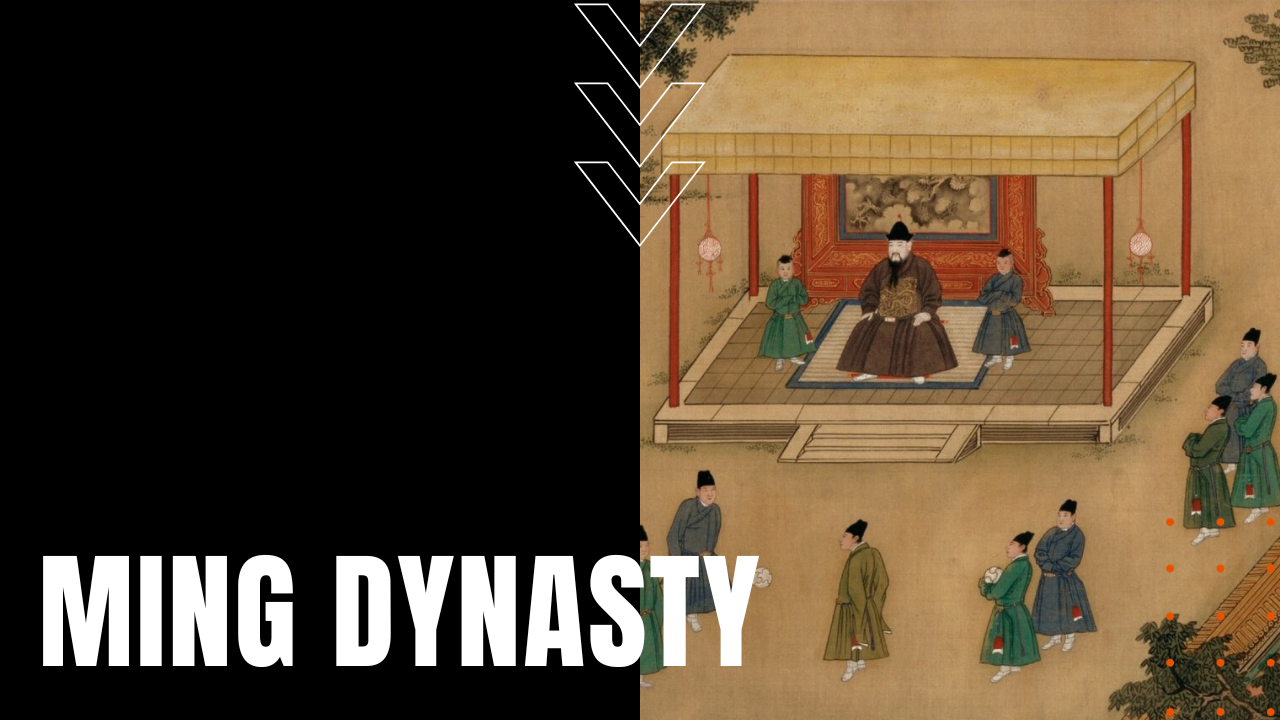The Ming Dynasty

Ruling over China from 1368 to 1644, the Ming Dynasty was founded by Emperor Taizu, who rose from a begging orphan to one of the most powerful emperor’s in Chinese history, successfully ousting Mongolian rulers from Beijing in 1368. Known as a wildly suspicious leader, over the course of his rule, Taizu executed more than 100,000 people, ranging from high government officials to lowly servants and guards.
China Opens Up
Opening China to the West for the first time in its history, Ming China witnessed a massive increase in trade with outside nation states, who coveted Chinese artistry in porcelain, at the same time, restoring the Great Wall to its original glory—a move which greatly reduced the number of Mongolian invasions into China. The Ming Dynasty also saw China open up to Christian missionaries, when Italian Jesuit priest Matteo Ricci opened the first Catholic mission in 1583.
Impressive Contributions
Embracing all aspects of Chinese culture, Ricci translated classic Chinese literature into Latin, while translating Western classics into Chinese, beginning a publishing boom in China that made books affordable to commoners for the first time in Chinese history. Confucian literature, civil service exam guides, school primers, religious tracts and an avalanche of novels helped to raise education levels among laypeople, including merchants and educated women.
A Fast Collapse
Brought down by fiscal problems caused by a wide range of calamities, the Ming Dynasty began its precipitous collapse around 1630, in part caused by payments to an overstuffed Imperial clan, which placed a severe burden on a nation’s troubled economy. Military campaigns into Korea and Japan placed further demands on the empire’s purse, while continued Mongolian insurgencies imposed further demands on China’s dwindling resources.
Other Contributing Factors
Agricultural disasters during a period known as the Little Ice Age shortened growing seasons and produced pitiful harvest yields, leading to nationwide famines that forced starving soldiers into marauding gangs in search of food, as well as the deaths of hundreds of thousands of Chinese when gangs of rebels destroyed dikes on the Yellow River. The dynasty finally reached its end in 1644, when the last Ming emperor, Chóngzhēn, committed suicide in advance of a rebel takeover of Beijing, making the Ming Dynasty, another lasting reign in China’s 3,600-year history.
